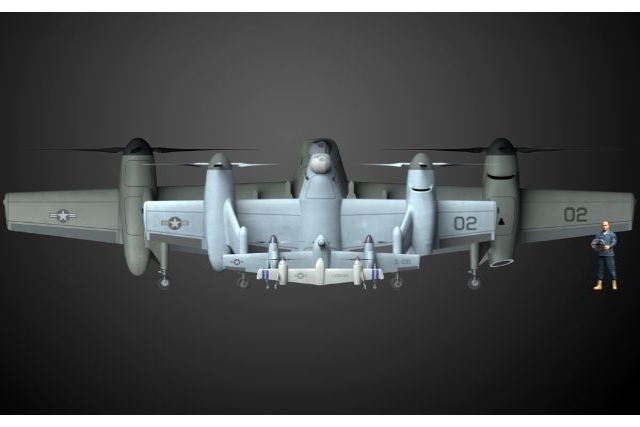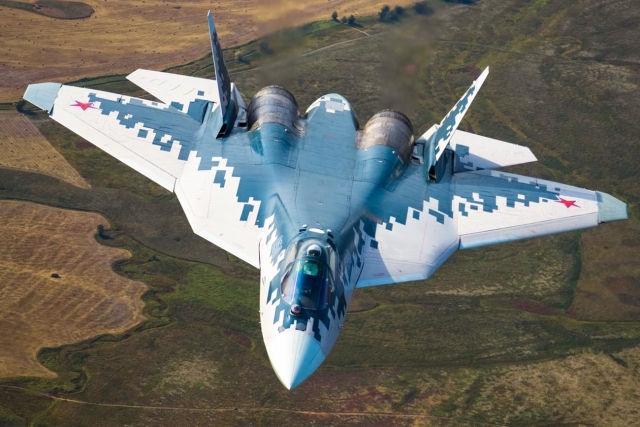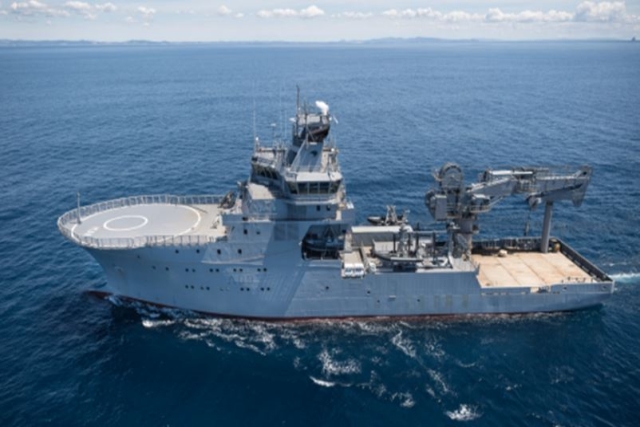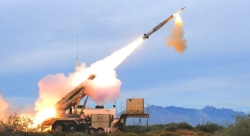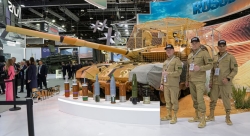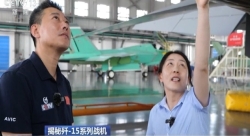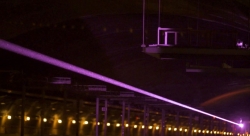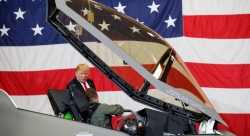Search Results
-
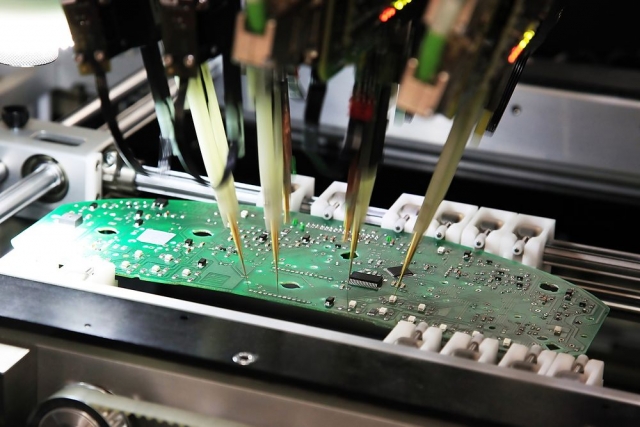
Russia's Roselectronics to Develop Secure Communications Without the Need for Encryption
April 28, 2022 @ 10:35 AMRoselectronics Holding, a subsidiary of Russias state-owned Rostec is trying to expand the scope of ferrite materials, including finding a solution to create secure communication systems without the need for encryption. The project is being undertaken by Roselectronics Holding in collaboration with the Institute of Electrophysics of the Ural Branch of the Russian Academy of Sciences
-
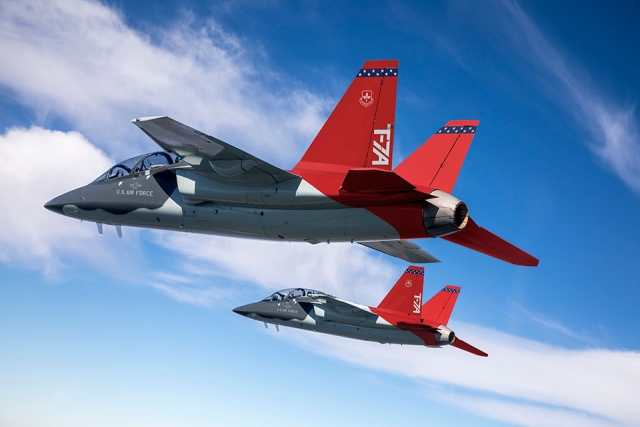
US Air Force Testing All-New Oxygen Generator For T-7A Red Hawk Trainer...
April 22, 2022 @ 08:36 AMThe U.S
-

U.S. DoD to Build Mobile Nuclear Micro-reactor for Field Power Supply
April 14, 2022 @ 05:06 AMThe U.S
-
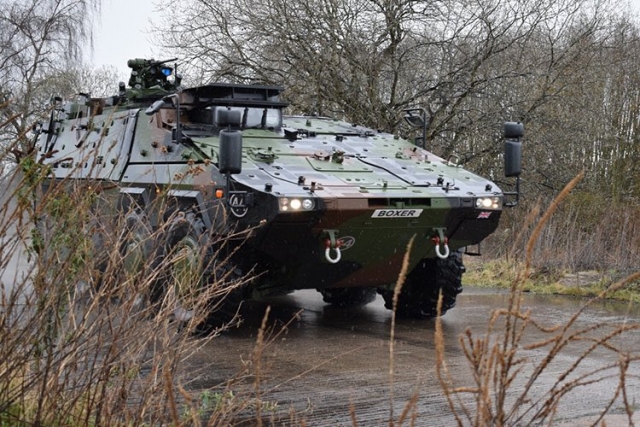
British Army Procures 100 Boxer Wheeled Armored Vehicles
April 11, 2022 @ 10:21 AMThe British government, represented by the European procurement organization OCCAR, and ARTEC, signed a contract extension today to supply the British Army with an additional 100 Boxer 8x8 wheeled armoured vehicles. ARTEC is a consortium of Rheinmetall and Krauss-Maffei Wegmann (KMW)
-

U.S.A.F. Awards Northrop Advance Procurement Funds to Build B-21 Stealth Bomber's First...
April 7, 2022 @ 10:12 AMThe U.S
-
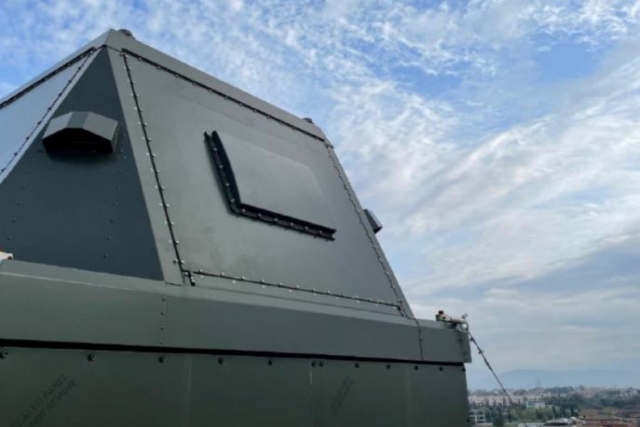
Rheinmetall Unveils New C-UAS, VSHORAD AESA Radar
April 4, 2022 @ 01:26 PMRheinmetall has unveiled the Oerlikon AESA Multi-Mission Radar (AMMR) to counter drones and short- and very short-range aerial threats. The new radar is now ready for series production
-
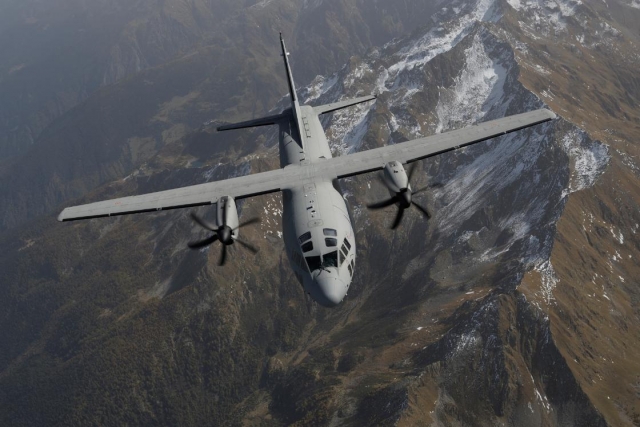
Slovenia Signs Agreement for C-27J Aircraft
April 1, 2022 @ 07:46 AMLeonardo and the Directorate for Air Armaments and Airworthiness of the Italian Secretariat General of Defence/National Armaments Directorate signed yesterday the Acquisition Contract for the supply of one C-27J to Slovenia. The contract covers additional equipment for aero-medical operations, training services and integrated logistic support for two years
-
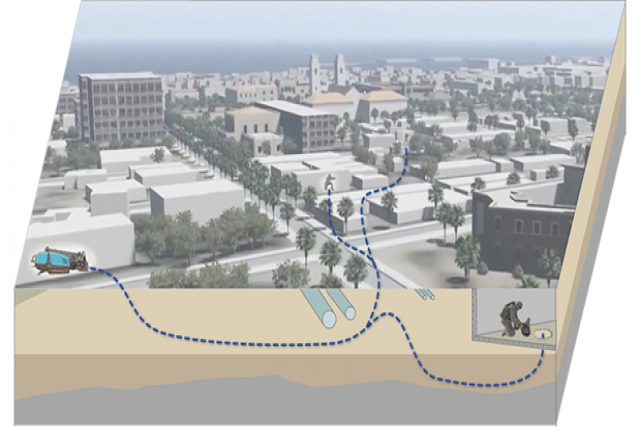
DARPA Project to Rapidly Construct Tactical Tunnel Networks Completed
April 1, 2022 @ 06:40 AMDARPAs Underminer program has demonstrated the feasibility of rapidly constructing tactical tunnel networks that enable secure, responsive resupply in denied environments. These networks could provide infrastructure for logistics support, such as pre-positioning supplies in advance of an operation or providing ongoing resupply as troops move through a contested area
-
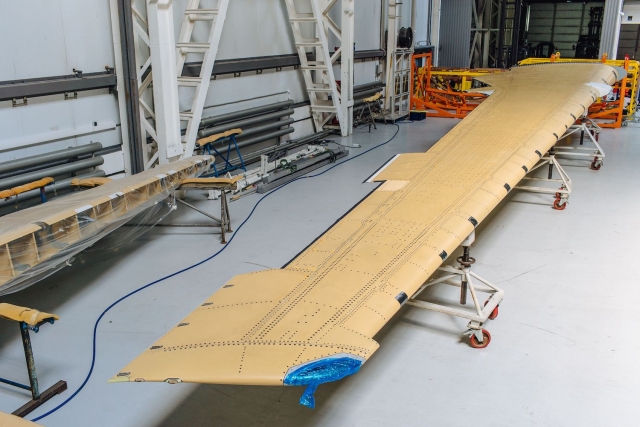
Russian-made Composite MC-21 Wing Box Clears Strength Tests
March 29, 2022 @ 09:57 AMUnited Aircraft Corporation (UAC), a subsidiary of Rostec carried out static testing of the wing box of the MS-21 aircraft, made of Russian polymer composite materials. To confirm the strength of the product, it was subjected to breaking loads, significantly exceeding those that are possible in real flight
-
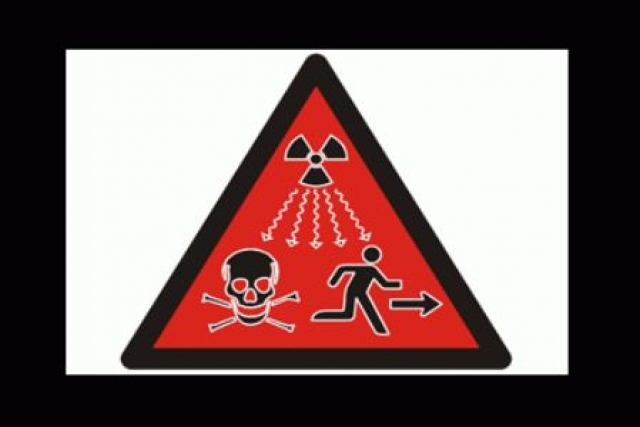
Subcritical Reactor Building in Ukraine’s Kharkiv Damaged
March 28, 2022 @ 08:41 AMThe State Nuclear Regulatory Inspectorate of Ukraine said a building at the Neutron Source subcritical nuclear facility in Kharkiv received significant damage as a result of shelling by Russian troops. Damage has been observed in the heat-insulating cladding of the building, and partial shedding of cladding materials in the experimental hall of the facility
